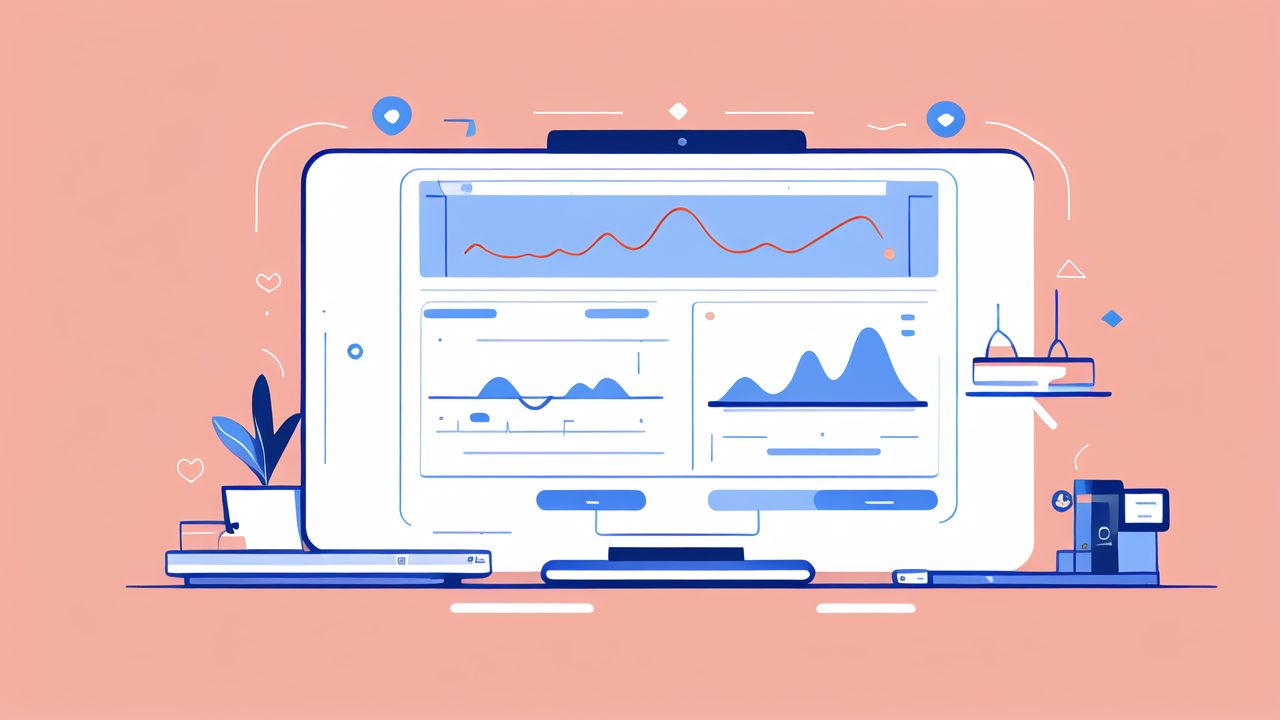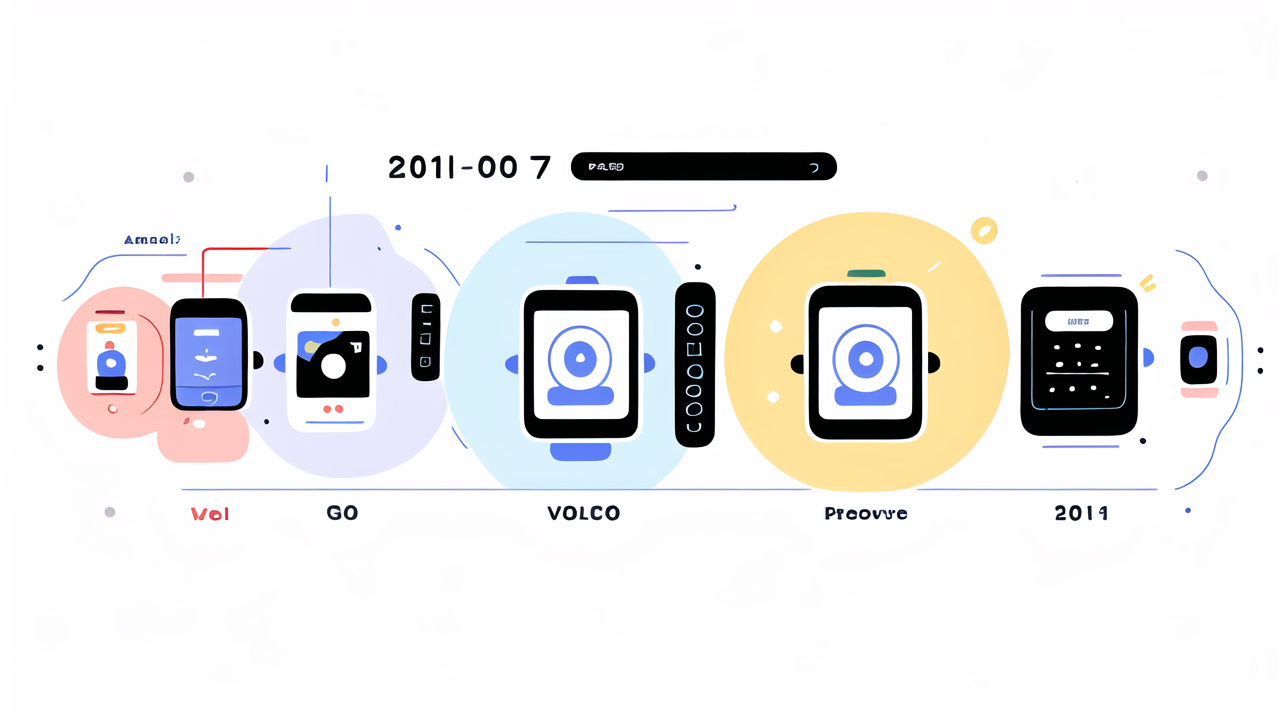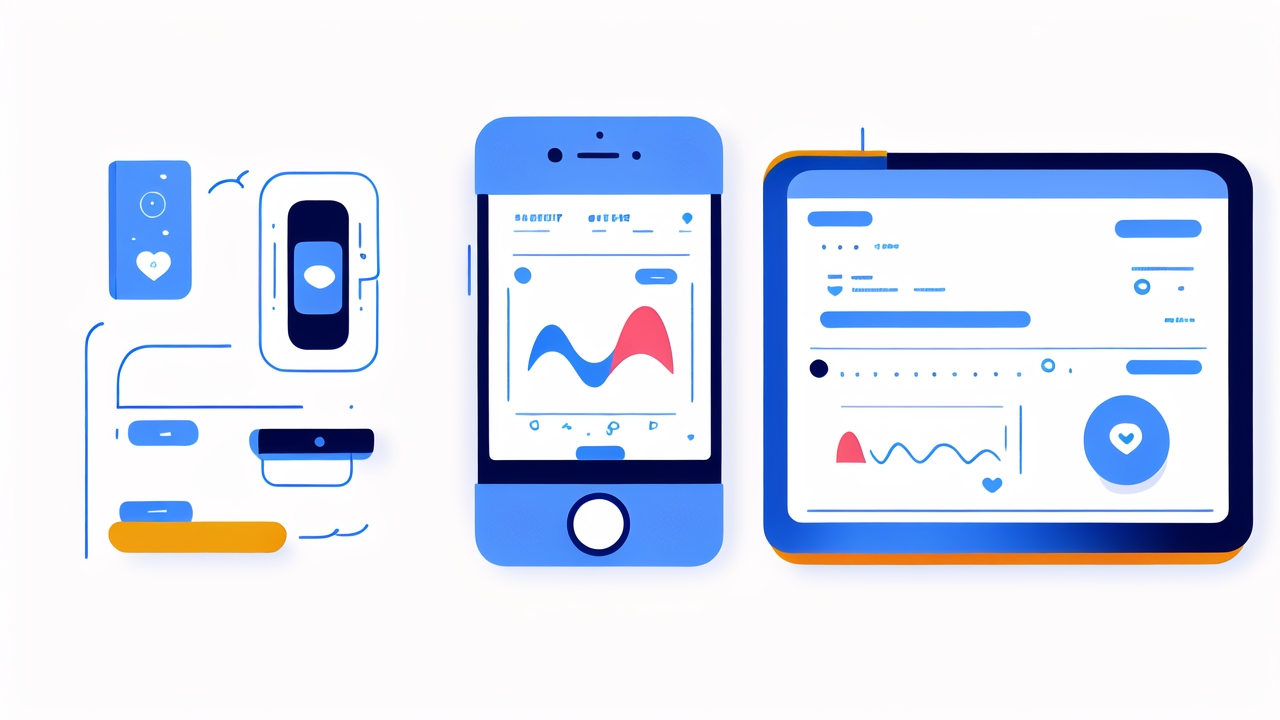Understanding Health Monitor Technologies and Their Impact
The Evolution of Health Monitor Technology
Health monitor tech has come a long way. It started with simple step counters. Now, we have smart clothes that track vital signs. Early devices were bulky and hard to use. Today's monitors are small and comfy. They can track heart rate, sleep, and more.

The first wearable health monitor was a pedometer. It counted steps. Then came fitness bands. These tracked activity and heart rate. Now, we have smart fabrics. They can measure body temp, sweat, and muscle activity.
Tech advances have made this possible. Sensors are smaller and more accurate. Batteries last longer. Data analysis is better. All this means more useful health info for users.
How Health Monitors are Revolutionizing Personal Care
Health monitors in clothes are changing how we care for ourselves. They give us real-time data about our bodies. This helps us make better health choices.
These devices can:
- Track vital signs 24/7
- Alert us to potential health issues
- Help manage chronic conditions
- Motivate us to stay active
- Improve sleep quality
For example, a smart shirt can detect irregular heartbeats. It can warn the wearer to seek medical help. This could prevent a heart attack.
Doctors can use this data too. It gives them a more complete picture of a patient's health. This leads to better diagnoses and treatments.
Ethical Considerations and Privacy Concerns
As health monitors become more common, ethical issues arise. Privacy is a big concern. These devices collect sensitive health data. How is this data protected? Who has access to it?
There are also questions about data ownership. Do users own their health data? Or do the companies that make the devices own it?
Another issue is the digital divide. Not everyone can afford smart clothing. This could lead to healthcare inequalities.
There are also concerns about accuracy. What if a device gives wrong info? This could lead to unnecessary worry or missed health problems.
Lastly, there's the question of constant monitoring. Is it healthy to always track our bodies? It might cause anxiety for some people.
Analyzing the Market for Health-Monitored Apparel in the United States
Key Players and Innovations in Health Monitor Clothing
The US market for health monitor clothing is growing fast. Several companies are leading the way:

- Hexoskin: Makes smart shirts that track heart rate, breathing, and movement.
- Athos: Offers compression gear with muscle activity sensors.
- Sensoria: Produces smart socks and shirts for fitness tracking.
- OMsignal: Creates biometric smartwear for various health metrics.
These firms are pushing the boundaries of what's possible. They're making clothes that can:
- Measure ECG and heart rate variability
- Track stress levels
- Monitor posture and form during exercise
- Detect falls in elderly wearers
Innovation is happening in materials too. New fabrics can conduct electricity. This allows for seamless integration of sensors.
Consumer Adoption and Market Growth Projections
The health monitor clothing market is set to boom. Experts predict big growth in the next few years. More people are becoming health-conscious. They want easy ways to track their health.
Key factors driving adoption include:
- Increasing health awareness
- Rising healthcare costs
- Aging population
- Advances in technology
Market research shows promising trends:
- The global smart clothing market may reach $5.3 billion by 2024.
- In the US, about 1 in 5 adults now use a wearable health device.
- Younger consumers are most likely to adopt this tech.
As prices drop and tech improves, more people will buy health monitor clothes. This could lead to a shift in how we approach personal health care.
Challenges and Opportunities in the Health Monitor Apparel Industry
The health monitor apparel industry faces some hurdles. But it also has big chances for growth.
Challenges include:
- High costs of production
- Need for durability in washing
- Battery life limitations
- Ensuring accuracy of measurements
- Consumer education about benefits
Opportunities are plentiful:
- Partnerships with healthcare providers
- Integration with telehealth services
- Customization for specific health conditions
- Expansion into professional sports and athletics
- Development of fashion-forward designs
There's also room for growth in niche markets. For example, pregnancy monitoring clothes or gear for extreme sports.
As the tech improves, we'll likely see more uses for health monitor apparel. This could open up new markets and business models.
Regulatory and Legal Perspectives on Health Monitor Clothing
Government Regulations Affecting the Health Monitor Apparel Industry
The health monitor apparel industry faces complex regulations. In the US, several agencies oversee this sector:

- FDA: Regulates medical devices, including some health monitors.
- FTC: Ensures truthful advertising and data privacy.
- CPSC: Oversees product safety for consumer goods.
Key regulations include:
- Medical Device Regulations: Some health monitors may need FDA approval.
- HIPAA: Protects health information privacy.
- Data Protection Laws: Govern how companies collect and use personal data.
These rules aim to protect consumers. But they can also slow innovation. Companies must navigate this complex landscape carefully.
Liability and Compliance in Health Monitor Apparel Manufacturing
Making health monitor apparel comes with legal risks. Manufacturers must ensure their products are safe and accurate.
Potential liability issues include:
- Product defects causing injury
- Inaccurate health data leading to harm
- Data breaches exposing personal info
- False claims about product capabilities
To manage these risks, companies should:
- Follow strict quality control measures
- Conduct thorough product testing
- Provide clear user instructions
- Maintain robust data security
- Be transparent about product limitations
Compliance is key. Companies must stay up-to-date with changing regulations. This can be challenging in a fast-evolving field.
The Future of Health Monitor Clothing: Trends and Predictions
The future of health monitor clothing looks bright. We can expect to see:
- More integration with AI for predictive health insights
- Improved battery life and charging solutions
- Greater focus on fashion and style
- Expansion into more specialized medical applications
- Increased use in workplace safety and performance monitoring
Experts predict that health monitor clothing will become more mainstream. It may even replace traditional wearables like smartwatches.
We might see new uses too. For example, clothes that adjust to body temperature or release medication.
As tech advances, prices should come down. This could make health monitor apparel more accessible to all.
In conclusion, health monitor clothing is set to transform personal health care. It faces challenges, but the potential benefits are huge. As the market grows, we'll likely see exciting innovations in the years to come.




Leave a comment
This site is protected by hCaptcha and the hCaptcha Privacy Policy and Terms of Service apply.